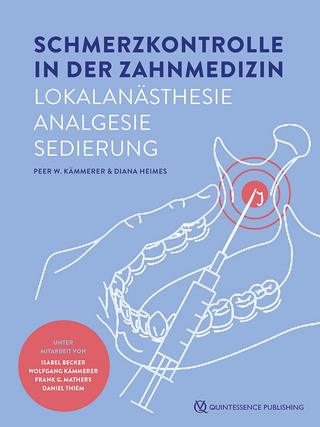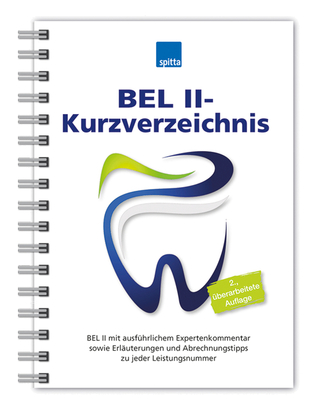
Physiologic Anchorage Control
Springer International Publishing (Verlag)
978-3-319-83915-8 (ISBN)
Tian-Min Xu has been a Professor in the Department of Orthodontics at the School of Stomatology, Peking University, Beijing, China since 2003. Dr. Xu obtained his DDS from Nanjing Medical College, Faculty of Dentistry in 1986 before obtaining an MS and PhD from Peking University, School of Stomatology and completing a postdoc at the University of California, San Francisco, CA, USA. He is a Standing Committee Member and past President of the Chinese Orthodontic Society and a Trustee of Council for the Chinese Stomatological Association. He has also served as a member of the WFO Council and an Executive Committee Member of the Asian-Pacific Orthodontic Society. Dr. Xu is an editorial board member for several journals, including Orthodontics and Craniofacial Research, European Journal of Orthodontics and is a member of the review board for the American Journal of Orthodontics and Dentofacial Orthopedics. He is the author of more than 40 papers in international peer-reviewed journals as well as more than 100 papers in Chinese journals. He has co-edited three books, including Chinese Contemporary Orthodontics , 4th ed. (Peking University Medical Press, 2014).
A Brief Overview of Orthodontic Anchorage.- Concept of Physiologic Anchorage Loss.- Pattern of Upper Molar Growth.- Impact of Straight Arch Wire on Individual Molar Angulation.- Biomechanics of Physiologic Anchorage Control.- Pro and Con of Light Force Low Friction Appliance.- Physiologic Anchorage Spee-archwire System.- Clinical Application of Physiologic Anchorage Control System.
| Erscheinungsdatum | 05.03.2022 |
|---|---|
| Zusatzinfo | XII, 264 p. 266 illus., 225 illus. in color. |
| Verlagsort | Cham |
| Sprache | englisch |
| Maße | 155 x 235 mm |
| Gewicht | 575 g |
| Themenwelt | Medizin / Pharmazie ► Zahnmedizin |
| Schlagworte | Craniofacial growth • Light Force Low Friction Appliance • Orthodontic anchorage design • Orthodontic biomechanics • physiologic anchorage loss • Spee-archwire System • Upper molar movement |
| ISBN-10 | 3-319-83915-2 / 3319839152 |
| ISBN-13 | 978-3-319-83915-8 / 9783319839158 |
| Zustand | Neuware |
| Haben Sie eine Frage zum Produkt? |
aus dem Bereich


